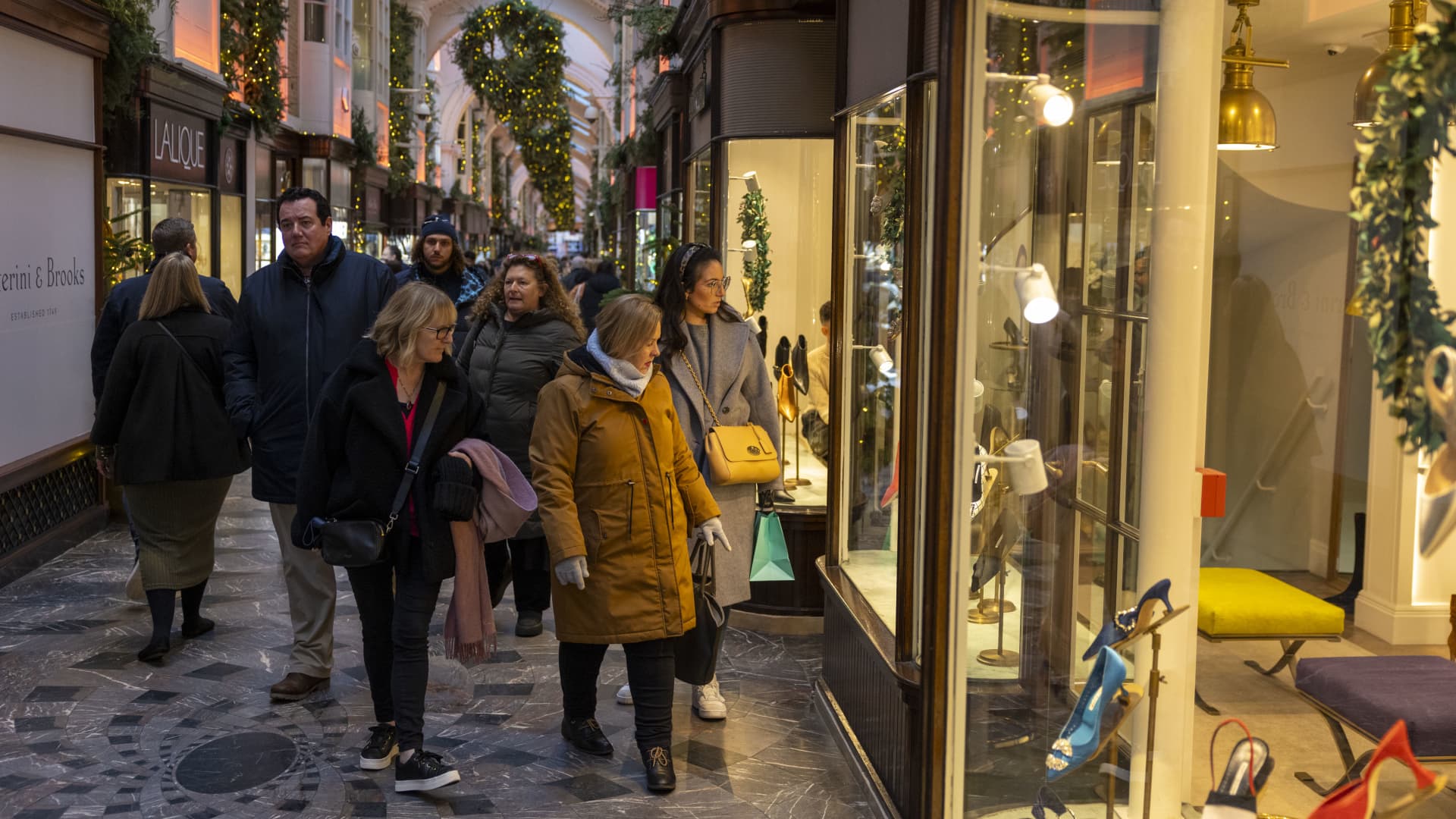Pedestrians walk through the festively decorated Burlington Arcade luxury shopping arcade in London, UK, on Monday, Dec. 4, 2023. Inflation in UK shops has fallen to a 17-month low as retailers fight to attract shoppers ahead of the crucial holiday period. Photographer: Jason Alden/Bloomberg via Getty Images
Bloomberg | Bloomberg | Getty Images
“Girl math” makes a timely return this holiday season, throwing the spotlight on new seasonal spending habits that consumers are adopting this year.
Users on TikTok say if you’re buying gifts months before Christmas, it will be “free” by December. If you splurged during Cyber Week, you are technically saving more for Christmas day.
Welcome to girl math — but with a holiday twist.
Girl math is a viral TikTok trend on personal finance. It reveals ways women shoppers rationalize their spending habits — often involving mental gymnastics to justify one’s purchases in a way that maximizes happiness.
This holiday season, the return of girl math may be a sign that consumers are starting to feel a strain on their wallets, but just can’t stop shopping.
Kicking off 2023 holiday shopping
While inflation has stabilized, prices remain high and consumers are still spending.
Over half of holiday shoppers say they feel financially burdened this holiday season, according to a study by Bankrate.
However, even as consumers remain cautious, “shoppers do feel like they want to celebrate the holiday season right,” Bryan Gildenberg, managing director at Retail Cities, told CNBC’s “Squawk Box Asia” in late November.
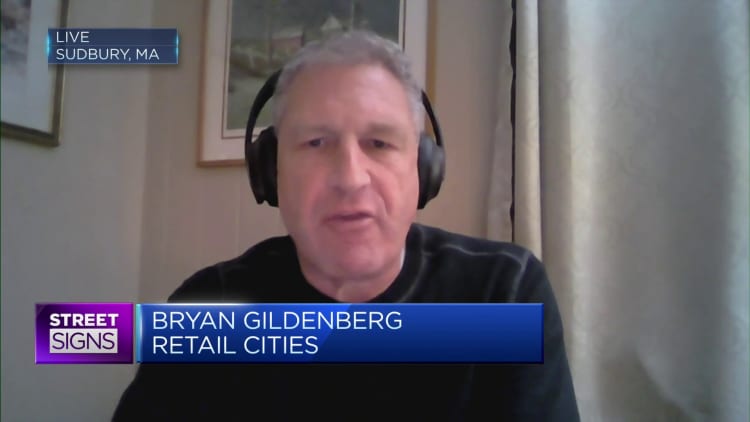
Analysts say shoppers may be working up to the gifting season with girl math to rationalize their purchases amid rising costs.
“An extended holiday season may be an example of girl math, as shoppers may view discounts as ‘saving money.’ For example, having a 40% discount on a $100 item is saving $40 to them,” Melissa Lee, a financial consultant from Great Eastern, told CNBC.
Girl math has become a means for shoppers to create a “mental label for their money,” and justify their spending habits, she added.
In fact, holiday shopping started earlier than it did in 2022, and it’s expected to end late this year, according to McKinsey & Company.
An “increasingly long” 2023 U.S. holiday season started before Halloween — 50% of holiday shopping began in October or earlier, followed by 40% in November, a McKinsey report said. Consumers also expressed that they would rather make purchases over a couple of months than all at once, and started browsing earlier in anticipation of price increases, their research showed.
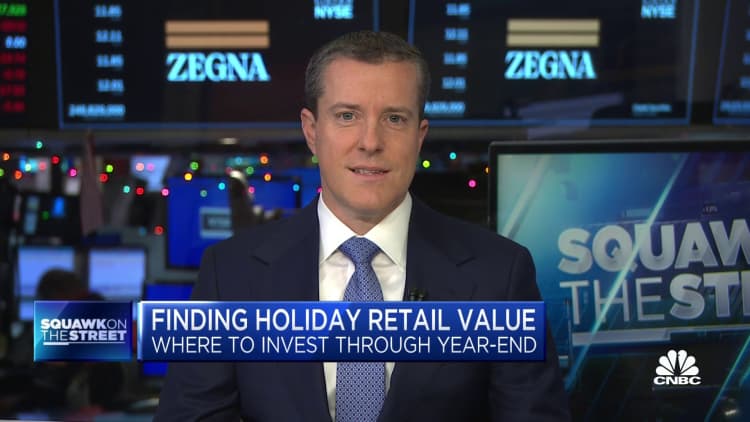
This pushed pre-holiday online spending to an all-time high of $76.8 billion in October — some $4.3 billion more than a year ago, a report by Adobe Analytics showed.
Holiday spending is also expected to surge in November and December, reaching up to $966.6 billion in 2023, according to a forecast by the National Retail Federation. November’s core retail sales — excluding restaurants, automobiles and gasoline — were up 0.73% month-on-month and 4.17% year-on-year, the CNBC/NRF Retail Monitor showed.
However, most consumers feel there’s still a lot of shopping to be done.
A survey by Morgan Stanley showed that 61% of consumers will continue to shop between Dec. 1 and Christmas day, in anticipation that deals will be better than those on Black Friday and Cyber Monday in late November.
Who spends more?
After a summer of spending, shoppers don’t appear to be backing down this winter.
Women gave the economy a boost with their “record-breaking” attendance at movies and live concerts in summer — a trend that will likely last through the winter, a report by PwC predicted. They are expected to spend 11% more this year compared to 2022, and are more likely to spend on gifts compared to their male counterparts, the report showed.
However, an uptick in spending by women may not be a reflection of frivolous spending. Rather, it reveals women’s strategic approach to discerning the best value for their money.
Following the “rules” of girl math, women seem to be less concerned about the sticker price, but care more about the value, free returns, shipping and convenience of their purchases, the report by PwC showed.
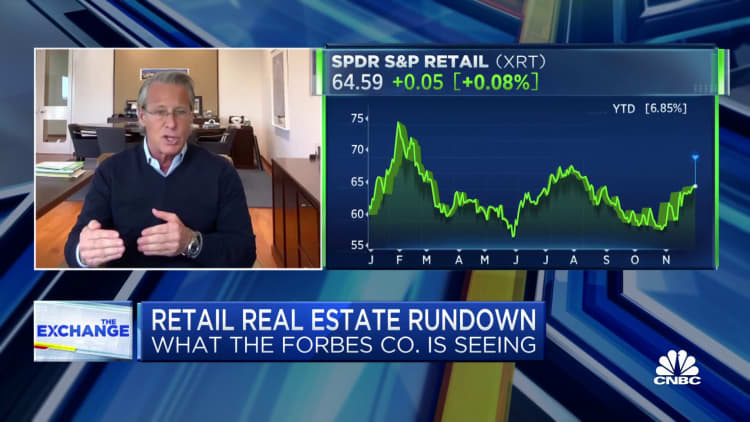
Additionally, young parents were highlighted as a prominent consumer demographic this holiday.
“Young adults are in their prime consumption years, and especially when they have young kids, they’re a big holiday shopping cohort,” Ted Rossman, senior industry analyst at Bankrate, told CNBC.
Rossman noted that families with young children are more likely to partake in discounts this holiday season — a report by Bankrate showed that 49% of parents with children under 18 years old participated in October sales, compared to 28% of holiday shoppers without kids.
On the other hand, spending the holidays with your family can also cost you more.
A study by Rocket Money — a personal finance app — found that those staying with family this holiday season are expected to spend 53% more.
Over half of those celebrating the holidays with family view their overspending in 2022 as a “moderate to serious problem,” the study showed.
Alternative payment methods
Credit cards remain the go-to financing method for shoppers this holiday season. A survey by Forbes Advisor showed that 52.3% of Americans plan to use credit cards and borrow to pay for gift purchases.
Additionally, 42% of respondents indicated they plan to increase their balances by at least $501, including 11% who are expected to charge more than $1,000 on their credit cards this holiday, the survey found.
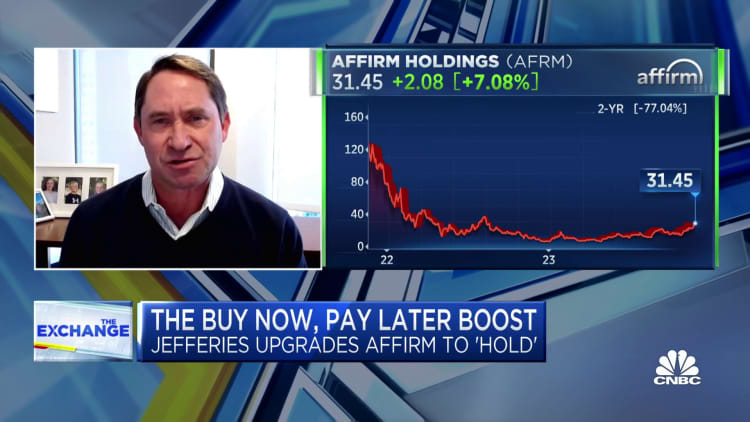
A preference for more flexible payment methods is also on the rise.
In particular, “buy now, pay later” installment plans have gained popularity among consumers.
This year, BNPL hit an all-time high on Cyber Monday at $940 million in online purchases — up by 42.5% year-over-year, a report by Adobe Analytics revealed. The report showed the number of items per order also rose 11% year-over-year, as consumers are using BNPL for increasingly bigger carts.
Flexible payment methods like BNPL have been increasingly popular with shoppers who “won’t feel the immediate pinch of spending the money at the moment” and debt can be paced out over several months, Lee added.
From Nov. 1-27, BNPL amassed $8.3 billion, potentially making November the biggest month on record for the payment method, the report by Adobe Analytics said.
— CNBC’s Michael Bloom contributed to this report.

